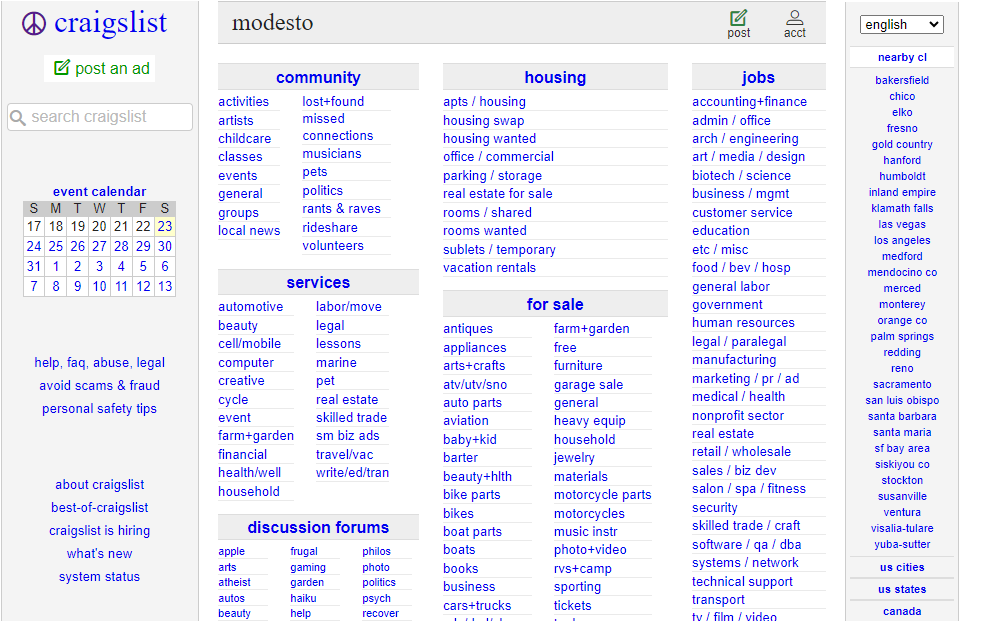In the multifaceted realm of business management and strategy, clarity and organization play pivotal roles. One cannot underscore enough the importance of understanding how various parts of a business interact with one another. For this very reason, many companies are turning to the age-old tool with a modern twist: the organizational chart.
When you make an organizational chart to display the company structure, you are not merely placing names inside boxes; you are creating a visual representation of your company’s hierarchy, communication lines, and potential growth paths.
Organizational Charts: More Than Just Hierarchies
While at first glance, an organizational chart might seem like a static representation of titles and reporting lines, its strategic advantages run deep:
Clarity in Communication:
By visually representing the reporting lines, organizational charts ensure that employees know who to approach for approvals, feedback, or collaboration. This streamlines communication, ensuring efficient information flow.
Role Definition:
Organizational charts help in delineating roles and responsibilities. When everyone knows their duties and the scope of their roles, it mitigates overlaps and gaps in responsibilities.
Strategic Recruitment:
A well-structured organizational chart can highlight potential gaps in the workforce. This is especially useful for HR departments planning future recruitments to support business growth.
Mergers and Acquisitions:
For companies looking to merge or acquire others, organizational charts can provide a quick overview of the company’s structure, helping in determining overlaps, redundancies, or potential areas of integration.
Driving Growth Through Organizational Charts
Beyond the day-to-day operations, organizational charts have a crucial role in strategic planning and business growth:
[Succession Planning:]
By visualizing the hierarchy, companies can identify and train individuals to take up higher roles in the future. This is vital for ensuring the company’s longevity and stability.
[Identifying Growth Opportunities:]
By mapping out the current organizational structure, businesses can identify areas ripe for expansion. For instance, a sales department might see the potential for introducing a new regional team, or an IT department might recognize the need for a dedicated cybersecurity unit.
[Enhancing Collaboration:]
Cross-functional projects require collaboration between different departments. An organizational chart can help project managers identify potential collaborators based on their roles and positions in the company.
Crafting Effective Organizational Charts
While the benefits of organizational charts are manifold, their effectiveness hinges on their design and accuracy. Here’s how to ensure your chart serves its strategic purpose:
- Choose the Right Type:
Not every company structure fits the traditional hierarchical chart. Depending on the organization’s nature, you might opt for matrix, flat, or divisional charts, among others.
- Keep It Updated:
An outdated organizational chart can cause more harm than good. Ensure that the chart is updated with every significant structural change, be it a new hire, a promotion, or the introduction of a new department.
- Use Tools for Efficiency:
Gone are the days when organizational charts were crafted manually. Modern tools allow businesses to create dynamic organizational charts that can be edited, shared, and integrated with other business systems easily.
Optimizing Organizational Charts for Enhanced Business Performance
The key to maximizing the benefits of organizational charts lies not just in their creation but in their ongoing optimization. As businesses evolve, so too should their organizational structures.
Scalability:
For businesses with rapid growth trajectories, organizational charts should be scalable. This means that as the company grows, adding new departments or teams, the chart should be flexible enough to accommodate these changes without necessitating a complete overhaul.
Accessibility:
It’s not enough to have an organizational chart; it must be accessible to everyone in the company. Digital platforms, especially cloud-based ones, ensure that team members can access the organizational chart anytime, anywhere. This fosters a sense of belonging and clarity, especially in larger or remote teams.
Interactivity:
Modern organizational charts are not static. Interactive features, such as clickable profiles that display more information about an individual or department, can significantly enhance user experience. It allows team members to gain insights into skill sets, projects handled, and even departmental KPIs.
Integration with HR Systems:
To maintain the accuracy and timeliness of the organizational chart, integrating it with HR systems can be beneficial. Changes in roles, promotions, or new hires can automatically update the chart, ensuring its ongoing relevance.
Regular Reviews:
Like any other strategic tool, organizational charts should undergo regular reviews. These reviews can coincide with quarterly or annual planning sessions. They serve as opportunities to check the structure’s alignment with the company’s strategic goals and make necessary adjustments.
Empowering Decision-making Through Clear Structures
At its core, an organizational chart is a decision-making tool. By clearly delineating reporting lines, decision-making authorities, and roles, it eliminates ambiguities that can hinder business processes.
For new hires, the chart can significantly reduce the onboarding time. It offers a clear picture of the company’s structure, helping them understand their role within the larger framework.
For senior leadership, organizational charts can highlight potential bottlenecks, areas requiring resource allocation, or departments that may be understaffed. This aids in data-driven decision-making, ensuring the company’s resources are optimally utilized.
The Road Ahead: The Future of Organizational Charts
As businesses continue to embrace digital transformation and the future of work becomes increasingly decentralized, organizational charts will remain vital. They’ll evolve from static visual representations to dynamic, integrated tools offering insights into not just the company’s structure but its culture, values, and vision.
With the rise of AI and data analytics, future organizational charts might also offer predictive insights. For instance, they could highlight potential areas for expansion, predict turnover rates, or even suggest optimal team structures based on project requirements.
Wrapping Up
In the competitive business landscape, clarity in vision and strategy can be the distinguishing factor between success and stagnation. Organizational charts, far from being rudimentary tools, can be the compass guiding a business towards its north star. By ensuring that they are well-crafted, regularly updated, and optimally utilized, businesses can harness their full potential, driving growth and planning for a brighter future.







Add Comment